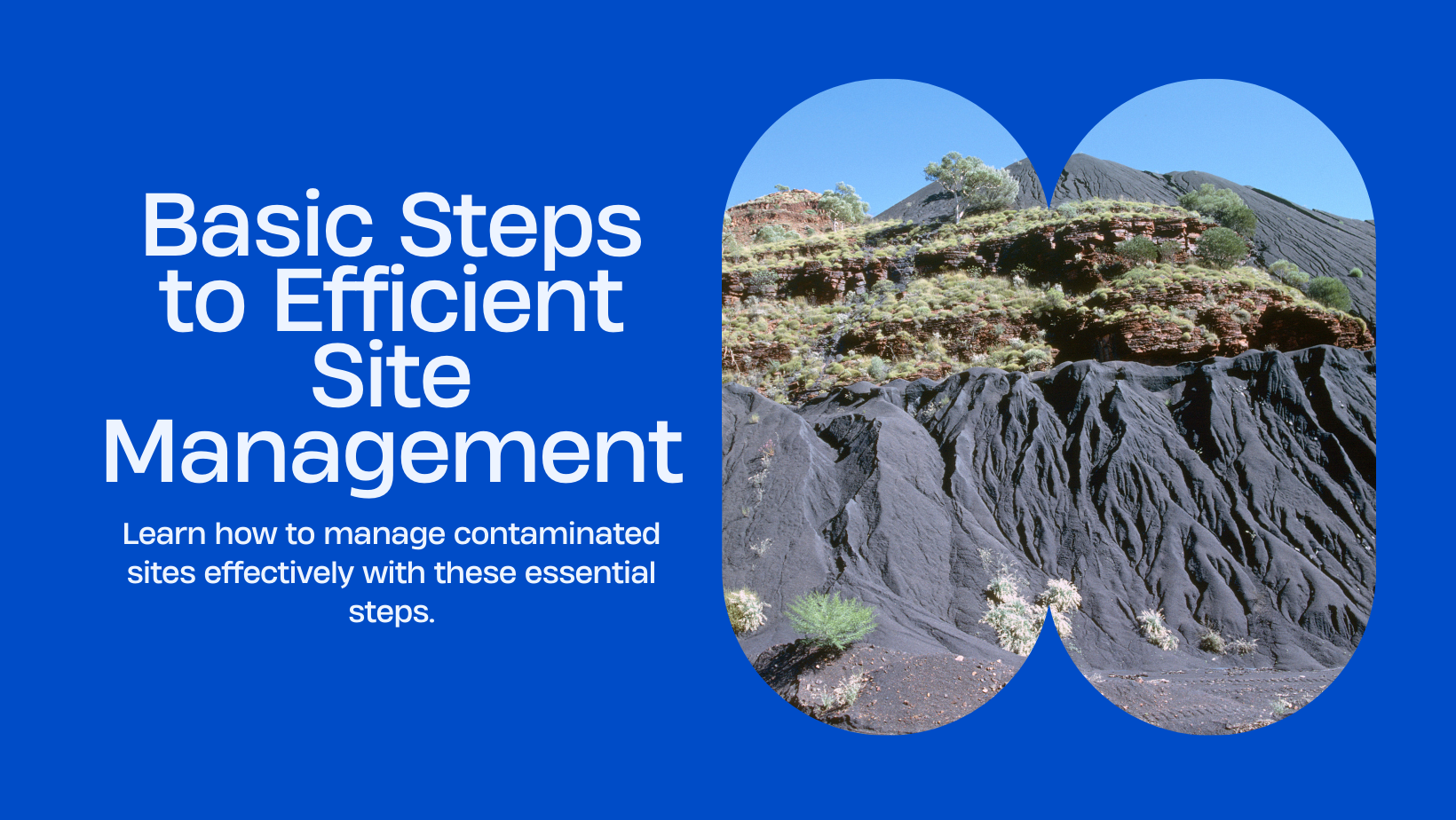Introduction
Contaminated sites present serious environmental and health risks. Understanding the process of managing these sites is crucial for effective remediation. This guide outlines a structured approach to Contaminated Site Management, aligning with best practices and regulatory compliance.
1. Initial Notification and Response
- Report the Incident: Immediately notify the NWT 24-Hour Spill Report Line upon discovering contamination.
- Immediate Action: Take necessary steps to halt the discharge and mitigate damage.
- Community Awareness: Inform affected communities and stakeholders.
ENR evaluates the contamination severity. Complex cases may require a specialized assessment.
2. Comprehensive Environmental Site Assessment (ESA)
An ESA is crucial in understanding the contamination scope in soil and groundwater.
Phase I: Preliminary Data Collection
- Collect data on facility operations, potential contaminants, and site characteristics.
Phase II: Preliminary Testing
- Conduct tests to confirm the presence of contaminants and determine if further action is needed.
Phase III: Detailed Site Investigation
- If significant contamination is found, a thorough investigation is conducted to inform a remedial action plan.
3. Developing a Remedial Action Plan (RAP)
A detailed RAP is crafted, outlining:
- Contact Information
- Contaminant Summary
- Cleanup Criteria
- Remediation Strategy
- Implementation Timeline
- Management of Residual Contaminants
- Monitoring Framework
Learn more about Developing a Remedial Action Plan.
The RAP is submitted to ENR for approval.
4. Implementing the Remedial Action Plan
With ENR’s approval:
- Initiate Remediation: The responsible party and qualified professionals execute the RAP.
- Adaptive Management: Report any deviations and adjust strategies as needed.
If goals are unmet, the RAP requires reevaluation.
5. Site Closure and Reporting
Upon successful remediation:
- Closure Report: Submit a comprehensive closure report to ENR.
- Finalization: ENR issues a no-further-action letter, concluding the process.
Conclusion
Systematic management of contaminated sites is essential for environmental protection. Early detection and prompt action are key to effective remediation.
Act Now for a Greener Future
Delta Remediation leads Canada in innovative bioremediation techniques for hydrocarbon contamination. We offer efficient, cost-effective solutions, outperforming traditional methods.
Restore Nature’s Balance:
Join us in our mission for a cleaner, healthier environment.

